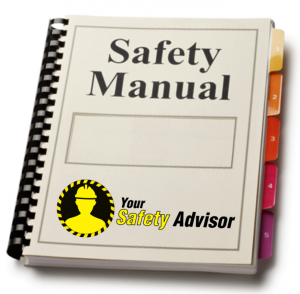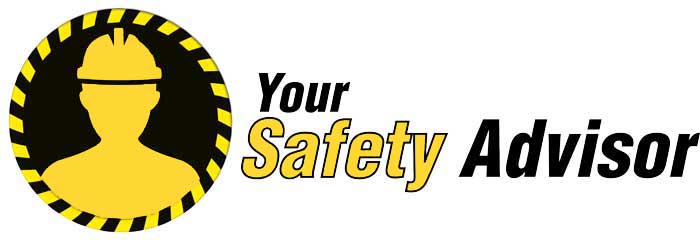
What Should a Health and Safety Policy Contain?
The law states that every business (this includes sole traders) must have a policy for managing health and safety within their business.
A health and safety policy should set out your approach to the management of health and safety. It should clearly outline the responsibilities of who does what within the company.
If you have five or more employees, including labour only contractors, then your health and safety policy must be recorded in writing. If you have fewer than five employees you do not (legally) have to write anything down, but it is still advisable to do so, as it’s the only way to demonstrate your policy and arrangements to your staff or the enforcing authorities such as the HSE.
You also have a duty to share your safety policy and any changes to it, with your employees.
Your health and safety policy should be structured as follows:
Part 1: Policy Statement
State your general policy on health and safety at work, including your commitment to managing health and safety and your aims. This should be signed and dated by the managing director (or equivalent) and regularly reviewed thereafter.
Part 2: Responsibilities for health and safety
In this section the names, positions and roles of the people in your business who have specific responsibility for health and safety should be clearly listed.
Part 3: Arrangements for health and safety
The arrangements section should say how you will meet the commitments you have made in your statement of health and safety policy.
Information should also be included on how you are going to eliminate or reduce the risks associated with the hazards in your workplace.
What do we mean by ‘hazard’ and ‘risk’?
A hazard is something that could cause harm to people, such as chemicals, electricity, falls from height etc.
A risk is the chance, however large or small, that a hazard will be realised and cause harm.
Additional arrangements
The additional arrangements that you put in place to help manage health and safety, should be set out in the arrangements section of your policy. These could include:
- staff training
- asbestos
- using signs to highlight risks
- improved safety equipment, such as guards or additional personal protective equipment, including goggles, safety boots or high-visibility clothing
- replacing hazardous chemicals with less harmful alternatives
- improved lighting
- anti-slip flooring
- Carrying out risk assessments
- Fire safety
- First aid
- Welfare facilities
- Personal Protection Equipment (PPE)
- Hazardous chemicals
- Accident reporting
- Dust
- Noise
When considering the hazards in your workplace, it’s important to focus your attention on the activities that could present the biggest risk to people or cause serious harm.
Helping you get started
If you aren’t sure where to start with your Health and Safety Policy, the HSE website is a good resource for further information on writing a safety policy.
But, if you’d prefer to have your Safety Policy written specifically for you and tailored to the nature of your work, then Your Safety Advisor Ltd is here to help. Our professional Chartered Construction Safety Advisor’s can prepare a detailed and comprehensive H&S Policy for your use, complete with your company details, branding and management structure. Just click here to find out more about our Health and Safety Policy writing service.
The legal requirement to write a policy is included in the Health and Safety at Work etc Act. The Management of Health and Safety at Work Regulations explain the steps you must take to manage health and safety.


